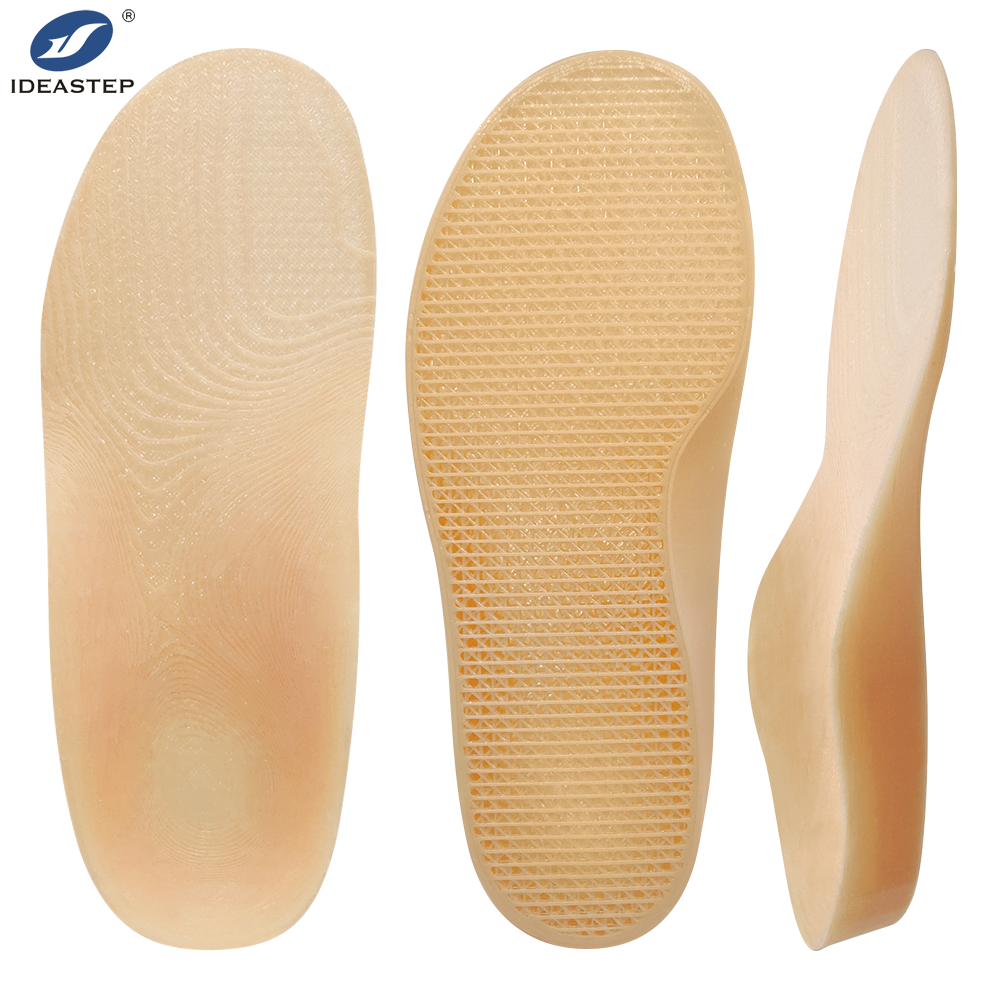In the world of footwear, innovation is constantly pushing the boundaries of comfort and functionality. One such innovation is the rise of 3D printed insoles made of TPU (thermoplastic polyurethane), which offer a revolutionary experience compared to traditional insoles.

Enhanced Customization and Comfort
The primary difference between 3D printed TPU insoles and regular insoles lies in their customization capabilities. Traditional insoles are generally mass-produced and offer limited options in terms of fit and comfort. However, 3D printed insoles are designed to provide a perfect fit for each individual’s foot shape and size. This customization ensures maximum comfort and support, as the insole contours itself to the unique curves and arches of the foot.
Moreover, TPU’s elastic and durable properties make it an ideal material for 3D printing insoles. It can be printed in intricate designs that offer both cushioning and support, ensuring a comfortable walking or running experience. TPU’s resistance to wear and tear also ensures that the insole maintains its shape and function over time.
Versatile Usage
Another significant difference lies in the versatility of 3D printed insoles. While traditional insoles are typically designed for general use, 3D printed insoles can be tailored to meet specific needs. For instance, they can be designed to accommodate specific foot conditions such as plantar fasciitis, heel pain, or other orthopedic issues. This tailored approach ensures that the wearer receives the precise support and comfort they need.
Appeal to the General Population
The question of whether the general population needs 3D printed insoles depends on individual needs and preferences. For those seeking maximum comfort and support, especially those with specific foot conditions, 3D printed insoles can be a valuable addition. However, for those who are satisfied with the comfort and support provided by traditional insoles, 3D printed insoles may not be necessary.
The Value of 3D Printed Insoles
The value of 3D printed insoles lies in their ability to provide a personalized experience. By leveraging advanced technologies like 3D scanning and printing, these insoles offer a level of customization that traditional insoles cannot match. This customization not only enhances comfort but also improves performance, as the wearer’s feet are properly supported and cushioned.
The Production Process
The production process of 3D printed insoles involves several steps. First, a 3D scanner is used to capture the precise shape and size of the wearer’s foot. This data is then used to create a digital model, which is then optimized for 3D printing. Once the model is ready, it is printed using a TPU-based material. The printing process can take several hours, depending on the complexity of the design. Once printed, the insole is finished and ready to be worn.
In conclusion, 3D printed TPU insoles offer a unique and innovative solution to enhancing foot comfort and support. Their customization capabilities, durability, and versatility make them a valuable addition to any footwear ensemble. While they may not be necessary for everyone, for those seeking maximum comfort and performance, these insoles are an excellent choice.
